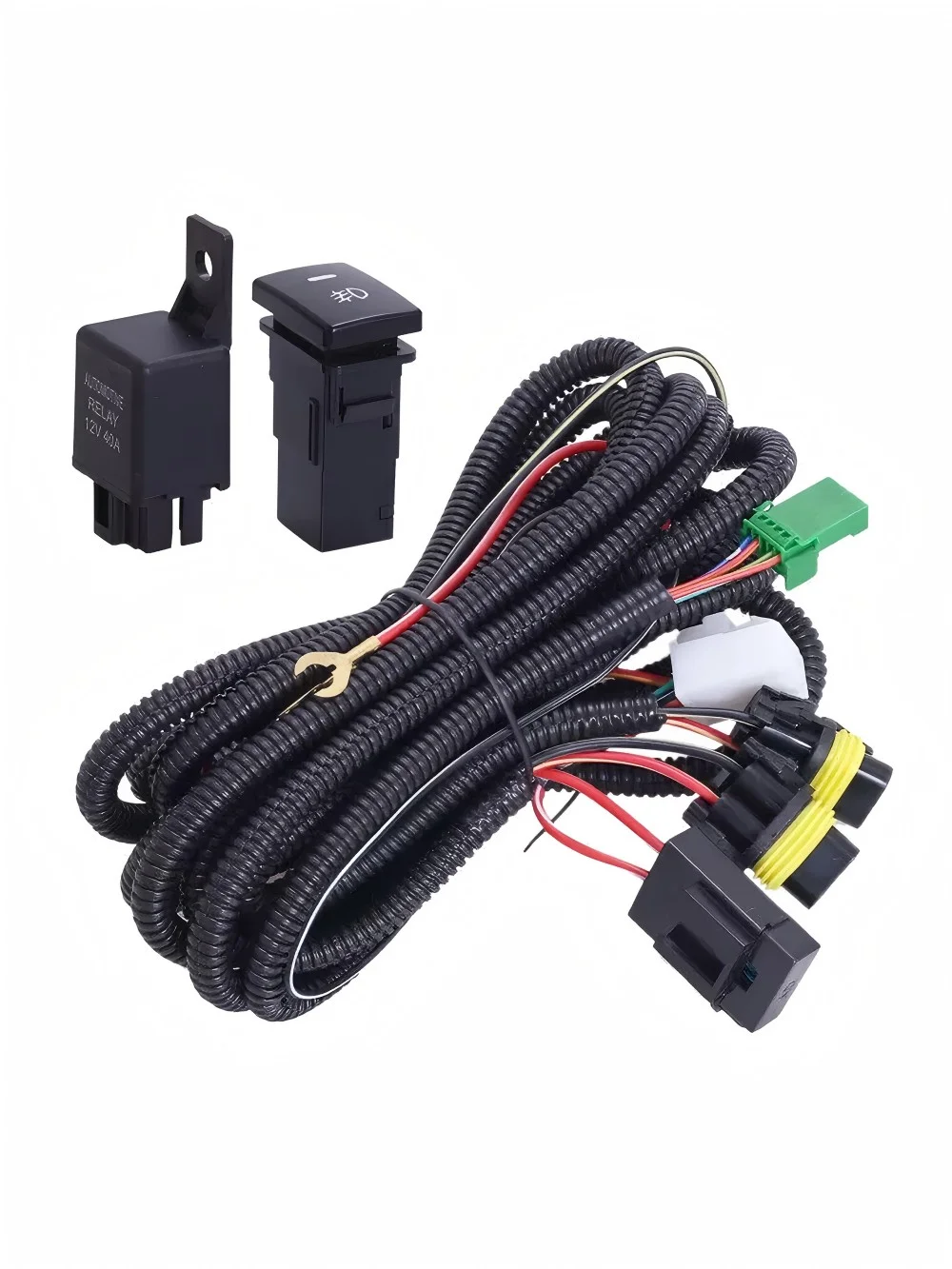Table Saw Safety: The Cuts You Should Never Attempt
When it comes to woodworking, the table saw is an indispensable tool that can significantly enhance productivity and precision. However, with great power comes great responsibility. Understanding the types of cuts that should never be performed on a table saw is crucial for both safety and the integrity of your projects. In this article, we will delve into the various cuts that pose significant risks, the reasons behind these dangers, and alternative methods to achieve similar results without compromising safety.
The Risks of Improper Cuts
Before we explore specific cuts to avoid, it’s essential to understand why certain techniques can lead to accidents. The table saw operates at high speeds, and any miscalculation can result in severe injuries, including lacerations or amputations. Additionally, improper cuts can lead to kickback, where the material is violently thrown back towards the operator, posing a significant threat.
Cuts to Avoid on a Table Saw
- Ripping Small Pieces
Attempting to rip small pieces of wood on a table saw is one of the most dangerous practices. The risk of kickback increases dramatically with smaller workpieces, as they can easily get caught in the blade. Instead, consider using a band saw or a jigsaw for smaller cuts, as these tools provide better control and reduce the risk of injury. - Cross-Cutting Narrow Boards
Cross-cutting narrow boards can also lead to dangerous situations. When the board is too narrow, it becomes difficult to control, and the potential for kickback rises. A miter saw or a crosscut sled is a safer alternative for these types of cuts, allowing for greater stability and control. - Freehand Cuts
Freehand cutting on a table saw is a practice that should be strictly avoided. This method lacks the precision and safety features that jigs and fixtures provide. Always use a push stick or a dedicated jig to guide the material through the blade, ensuring both accuracy and safety. - Bevel Cuts Without Proper Support
Performing bevel cuts without adequate support can lead to instability and increased risk of kickback. If you need to make bevel cuts, ensure that the workpiece is properly secured and consider using a table saw sled designed for angled cuts. - Cutting Curved or Irregular Shapes
Attempting to cut curves or irregular shapes on a table saw is not only impractical but also dangerous. The blade is designed for straight cuts, and forcing a piece into the blade can lead to binding and kickback. For these types of cuts, a band saw or scroll saw is more appropriate, as they are designed to handle curves safely.
Best Practices for Safe Table Saw Use
To ensure safety while using a table saw, consider the following best practices:
- Always Use a Blade Guard: The blade guard is your first line of defense against accidental contact with the blade. Never remove it unless absolutely necessary.
- Utilize Push Sticks and Push Blocks: These tools help keep your hands at a safe distance from the blade while providing better control over the workpiece.
- Maintain a Clean Work Area: Clutter can lead to accidents. Keep your workspace organized to minimize distractions and hazards.
- Stay Focused: Avoid distractions while operating the table saw. A moment of inattention can lead to serious injuries.
- Regular Maintenance: Ensure that your table saw is well-maintained. A dull blade can lead to increased friction and kickback, while a misaligned blade can cause inaccurate cuts.
Conclusion
Understanding the types of cuts that should never be performed on a table saw is vital for any woodworker, whether you are a novice or an experienced craftsman. By adhering to safety protocols and utilizing alternative methods for risky cuts, you can protect yourself and ensure the longevity of your tools. Remember, safety should always be your top priority in the workshop. By making informed decisions and respecting the power of the table saw, you can enjoy a fulfilling and safe woodworking experience.





